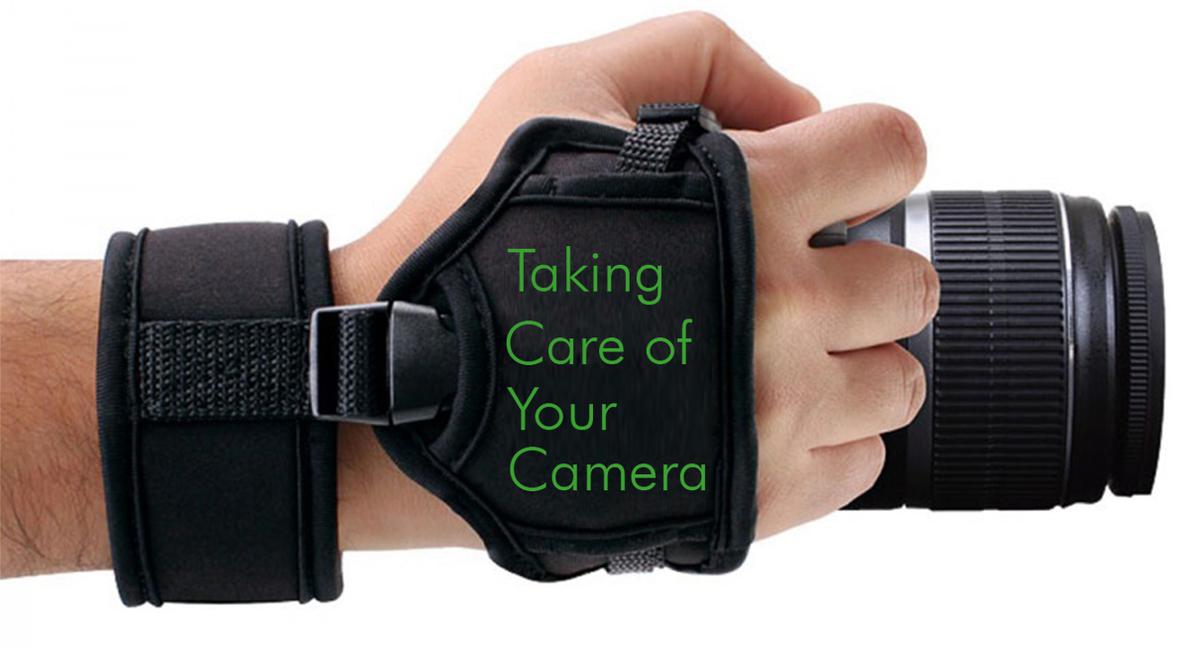Pictures paint a thousand words each, and since the average person would rather have one photo than a thousand-word essay to look at, we’ve grown rather fond of our photographs. To make the process possible, we’ve developed the digital camera. Through these, taking photos has never been easier, saving us from stacks and stacks of documents describing our latest vacation. To keep your camera a happy snapper, here are a few tips you might want to keep in mind.
Use the Right Cleaning Tools
Did you accidentally touch your lens with a greasy finger? That’s a bummer. Fortunately, you’ve got a button-down shirt on, so you just reach down for a convenient front corner and…
No. Don’t. Just don’t.
Unless you have shirts made by 3M and are completely made of microfiber cloth, please don’t use it to wipe your lens. It’s a precision instrument ground to tolerances fractions smaller than the width of a human hair. No matter the material, your shirt is grubby. It might have even more oil on it, is not made to pick up the gunk that accumulates on the lens, and might have particles of lord-knows-what on it that might scratch up your lens. A properly-stored, lint-free cleaning cloth is still worth the effort of taking out your cleaning kit.
You might be thinking: “Well, OK. I won’t use my shirt. I’ll just blow the dust away with my mouth hole.“ Also a bad idea. You might think you can manage to do that without getting some of your gross spit on the lens, but nine times out of ten, you’ll just make the problem worse. The little air pump (not always the most useful) or a purpose-made brush will do a far better job at getting your lens clean than further gunking it up with your saliva.
You decrease the problem significantly if you cap your lens whenever you can.
Store It Right
When you’re not going to be using the camera for a while, make sure you put it away safely. Remove the battery, put it in its protective case, cover up all the openings, and keep the whole thing in a dry place to stave off mold and mildew. A sealed container with a bag of desiccant wouldn’t be a bad idea to protect your previous investment.
Remember to replace the desiccant every so often for maximum effect. Also, if the storage period is particularly long, put everything back together every so often and actuate the shutter a few times to let the gear stretch its legs a bit, and so you know everything works okay. Oh, and don’t let the battery run completely dry. They’ll gradually discharge over time, and once there isn’t a lot of juice left, it’ll start to go bad very quickly, leading to a pricy purchase for you.
Keep the Mirror and Sensor Safe
If you own a camera whose lenses can be changed, you’re going to inevitably expose its inner workings to the outside world. This can’t be helped, but be careful when you perform a swap. They’re some of the most precise parts of the whole system, and on top of that, some of the trickier bits to clean. When at all possible, do so where the elements can’t mess things up, and you have the luxury of taking your time (yes, this isn’t always possible, but one can try). Point the body downwards when you can, since dust and debris don’t fall upwards, and if you do mess it up, use the tools designed for the task. You’ll save yourself a lot of tears that way.


Pick a Good Bag
This is a highly objective thing, but make sure you put function at the top of everything else. You’ve got a lot of money riding in that bag, and padding, stability, comfort, and ease of use are all part of the deal. Should action get rough, your camera bag (and its contents) are likely to take a bump or three, so make sure it’s up for it. A bag that’s just the right size also means you’re not spending all that effort carrying around a bunch of air. You’ll be more comfortable, and have less stuff bouncing around inside your bag to boot.
Charge!
Lithium-ion batteries are the current state of the battery art. They hold a charge decently, but degrade with heat and once a charge is lost. You’re going to want to charge in a place that won’t tax the battery any more than charging does already, and you’re going to want it to carry a good amount of charge whenever you can. I hate seeing my batteries drop below 20-percent, and besides, who wants a dead camera strapped to their neck?
Hit the Switch
Whenever you’re travelling, it’s not a bad idea to hit the switch to keep your lens on manual focus mode. Accidental movement of the focus ring, along with little bumps you’ll likely experience, could spin the motor, causing it to burn out prematurely. It’s not exactly the most likely thing, but a little flick could save you a whole world of hurt, so why not?
Also published in GADGETS MAGAZINE February 2016 issue.
Words by Ren Alcantara
